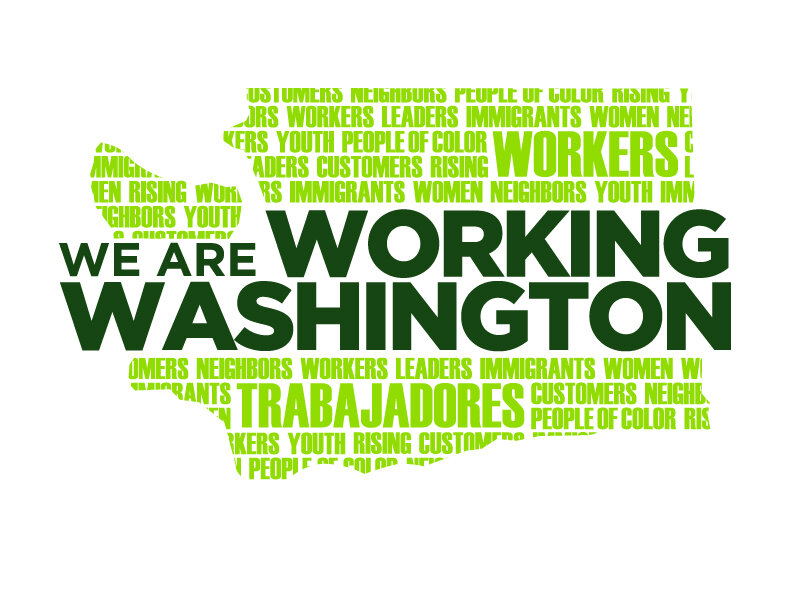THE OTHER HALF: Why DoorDash fees are so high — and where the money goes
Independent data analysis reveals that only half of fees DoorDash assesses on Seattle orders are actually paid to workers
April 25, 2024
Immediately after Seattle implemented legislation requiring DoorDash and other app companies to pay delivery drivers minimum wage after expenses for all time worked, the company responded by levying a $5 customer fee on each delivery order placed in Seattle. While the app companies have widely publicized these fees as part of a concerted effort to generate opposition to the gig worker minimum wage, they have not provided any information about where these new fees are going. They’ve provided even less information about how exactly fees paid by customers, and commission fees paid by restaurants, correlate to workers’ pay. By analyzing screenshots of customer fees and worker payments for orders placed in Seattle in April 2024, this new analysis has been able to determine where those fees are actually going — and the percentage of fees DoorDash is taking from each order.
Key findings from this analysis
☞ DoorDash’s “cut” of fees, on average, is 48% — almost half of the total fees.
In other words, workers’ pay amounts to barely more than half of the fees paid on each order. The rest of the fees are simply retained by DoorDash.
☞ On average, DoorDash charged $21.10 in fees on each order in this sample.
With average worker pay of $11.07 per delivery in our sample, DoorDash’s customer and restaurant fees amounted to $10.03 above worker pay.
☞ DoorDash could eliminate the new $5 fee and still maintain a margin over 30%.
The average order in our sample included a customer fee of $14.40 on top of food cost and a restaurant fee of $6.70 at minimum. If DoorDash did not charge the new Seattle delivery fee, the average customer fee per order would be $9.40, and total restaurant and customer fees charged on each order would be over $16.11. Based on this analysis, DoorDash could eliminate the $5 Seattle fee and still retain an average 31% of the customer and restaurant fees on each order — after paying at least minimum wage after expenses to the person doing the work.

